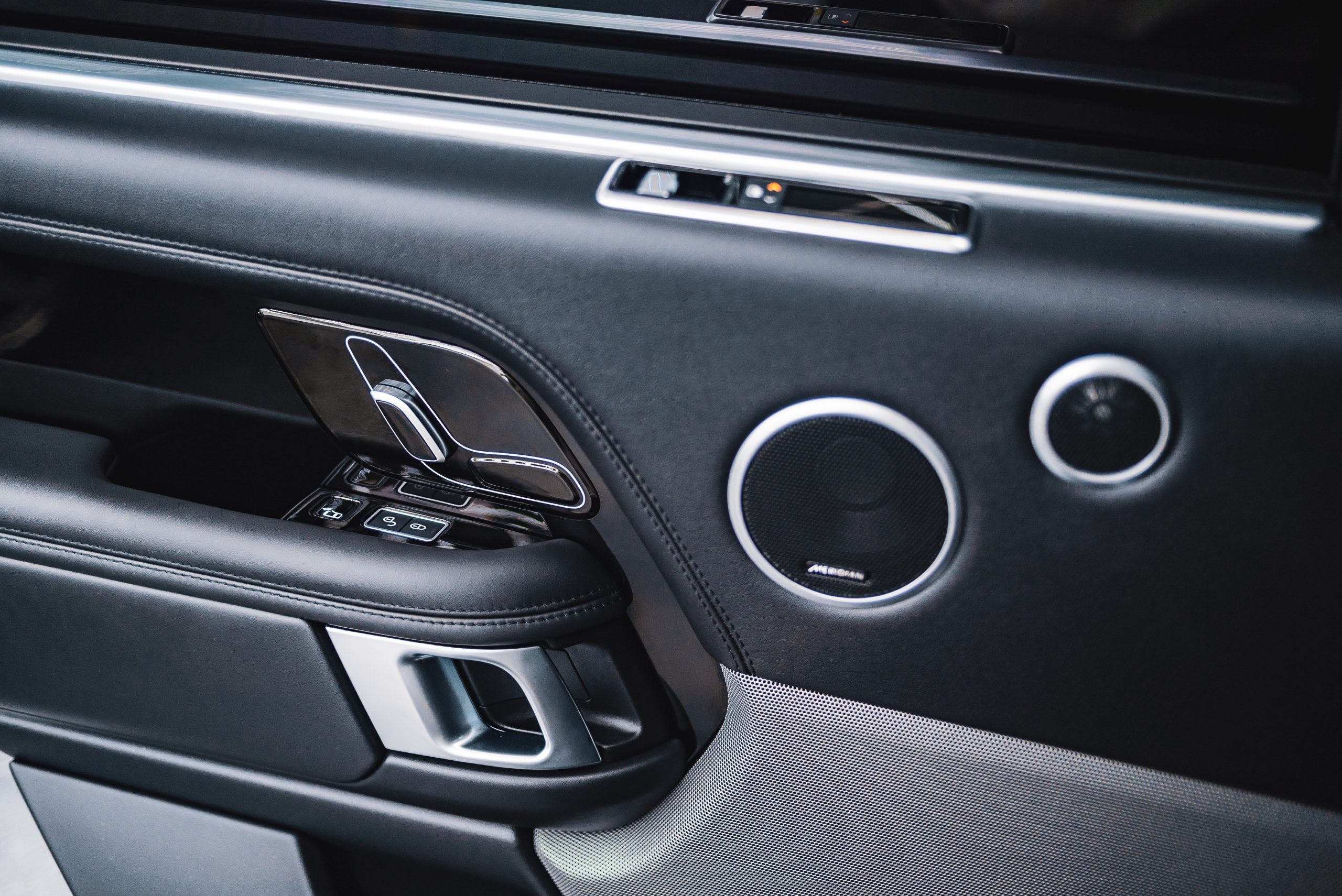Have you ever walked towards your car and felt a sudden jolt of electricity run through your body? This phenomenon is a common occurrence known as a static shock from a car. While these shocks may seem harmless, they can be quite uncomfortable and unexpected. But what causes them?
In this article, we’ll explore the science behind static shocks from a car, including how weather plays a role, and provide you with tips on how to reduce the likelihood of experiencing them. So get ready to discover the answers you’ve been seeking and say goodbye to those jolting shocks for good!
What Causes Static Shocks from a Car?
Static shocks from a car door or handle are caused by the buildup of static electricity on your body. This can occur when you walk on a non-conductive surface, such as a carpet or rubber soles, and then touch a metal surface connected to the car’s electrical system. The static electricity then discharges through your body, causing the shock.

How to Prevent Static Shocks from a Car
There are several ways to reduce the occurrence of static shocks from a car:
- Touch a metal surface before getting out of the car: Touching a metal surface in the car before getting out, such as the door frame, will discharge any static electricity on your body and reduce the likelihood of a shock.
- Use moisture-absorbing products: Using a moisture-absorbing product, such as dryer sheets, can reduce static buildup on your clothing and prevent shocks.
- Keep the car’s interior dry: Moisture inside the car can increase the likelihood of static shocks. Keeping the car’s interior dry and using a dehumidifier can reduce this risk.
- Use conductive floor mats: Replacing non-conductive floor mats with conductive mats can reduce the buildup of static electricity and prevent shocks.
- Touch the car window before getting in: Touching a car window for a few seconds will diffuse the electric charge slowly and greatly reduce the likelihood of getting zapped.

What is Static Electricity?
Static electricity is an electrical charge that remains on an object’s surface, rather than flowing through it like an electrical current. This charge builds up on an object when it is rubbed against another material that has a different electrical charge. This transfer of electrons from one material to another creates a static charge on the object.
How Does Static Electricity Build Up on Your Body?
Static electricity can build up on your body when you come into contact with a material that has a different electrical charge. For example, walking on a non-conductive surface, such as a carpet or rubber soles, can generate static electricity on your body. The friction between your body and the non-conductive material separates electrons from your body, leaving it with a positive charge.
Why Do Some People Experience More Static Shocks Than Others?
The likelihood of experiencing a static shock from a car depends on several factors, including the humidity level, the type of material you are wearing, and the material of the car’s interior. For example, dry conditions can increase the likelihood of static shocks, as can wearing synthetic materials, such as polyester. On the other hand, moisture-absorbing materials, such as cotton, can reduce the likelihood of static shocks.

Does The Weather Affect Static Shocks?
Yes, the weather can affect the likelihood of experiencing static shocks from a car. Low humidity and dry conditions can increase the likelihood of static shocks, while high humidity and moist conditions can reduce the risk. This is because dry air allows for a greater buildup of static electricity on your body, increasing the likelihood of a shock when you touch a metal surface connected to the car’s electrical system. On the other hand, moist air helps to dissipate static electricity and reduce the likelihood of a shock.
FAQs
Are static shocks from a car harmful?
No, static shocks from a car are not harmful. They are usually just uncomfortable and surprising.
Why do I get a static shock when touching my car?
You get a static shock when touching your car because of the buildup of static electricity on your body. This can occur when you walk on a non-conductive surface, such as a carpet or rubber soles, and then touch a metal surface connected to the car’s electrical system.
How can I prevent static shocks from a car?
To prevent static shocks from a car, you can touch a metal surface in the car before getting out, use moisture-absorbing products, keep the car’s interior dry, touching the car window for a few seconds and use conductive floor mats.
Can I still get a static shock if I wear shoes with leather soles?
Yes, you can still get a static shock even if you wear shoes with leather soles. Leather is not a conductive material, so it does not prevent the buildup of static electricity on your body.
Can the humidity level inside the car affect static shocks?
Yes, high humidity levels inside the car can increase the likelihood of static shocks. Keeping the car’s interior dry and using a dehumidifier can reduce this risk.

Conclusion
Static shocks from a car are a common and harmless occurrence that many people experience. Understanding the cause of these shocks and implementing simple preventive measures can reduce their occurrence and make your driving experience more enjoyable.
By touching a metal surface in the car before getting out, using moisture-absorbing products, keeping the car’s interior dry, and using conductive floor mats, you can minimize the risk of static shocks from a car. These steps are easy to follow and will provide you with a more comfortable and worry-free driving experience.
Did you Know?
- Static electricity is caused by an imbalance of positive and negative charges in an object.
- The triboelectric effect is one way to generate static electricity, by rubbing two materials together.
- Static electricity can produce sparks and even start fires if the charge is strong enough.
- Static electricity can cause problems in electronic devices by interfering with their normal operation.
- Certain materials, such as rubber and silk, are better insulators against static electricity.
- Humidity can reduce the buildup of static electricity by increasing the conductivity of the air.
- An object with static charge can be neutralized by bringing it into contact with a conductive material.
- The term “static” in static electricity refers to the fact that the charge is stationary, not flowing like a current.
- The study of static electricity is known as electrostatics.
- Static electricity has been known and studied since the ancient Greek philosopher Thales observed it in 600 BC.



